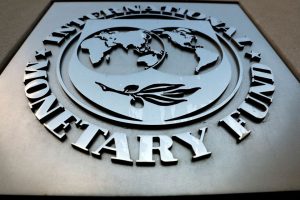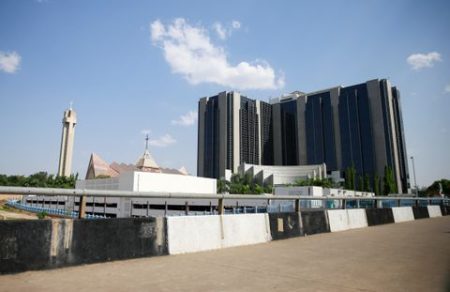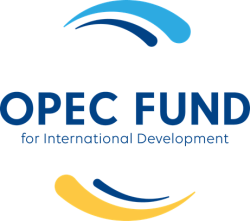
Marrakech, Morocco — Sub-Saharan Africa’s economic growth will shrink for a second year in a row in 2023 before rebounding in 2024, the International Monetary Fund (IMF) said on Tuesday in a report in which it cut its forecasts for economic expansion.
Growth in the region is expected to fall to 3.3% this year from 4% last year, before rebounding to 4% in 2024, the IMF said in its World Economic Outlook report.
That is slightly lower than the IMF predicted in July, when it said Sub-Saharan Africa would grow 3.5% in 2023 and 4.1% next year.
Russia’s invasion of Ukraine, after COVID-19 had already dealt the global economy a heavy blow, sent food, fuel and fertiliser prices soaring in Africa last year. Weakening currencies, higher debt service costs and restricted access to capital markets added to debt pressures.
The 2023 growth forecast for oil producer Angola was slashed from an April projection of 3.5% to 1.3%, while Nigeria’s was trimmed from 3.2% to 2.9%. South Africa, whose economy is hobbled by record power cuts, will grow just 0.9% this year.
Kenya’s growth will accelerate 5% this year, the IMF said, up from 4.8% in 2022, despite its government cutting budgets amid soaring debt costs. Tanzania and Senegal are also set to see higher growth this year.
Annual inflation across the region, which has seen violent protests against the cost of living in countries including Ghana and Kenya, is expected to be 16.2% at the end of this year.
That would be the same as 12 months earlier, the IMF said, before it falls to 10.5% at the end of next year.
*Rachel Savage & Andrea Shalal; editing: Alison Williams & Alexander Smith – Reuters



